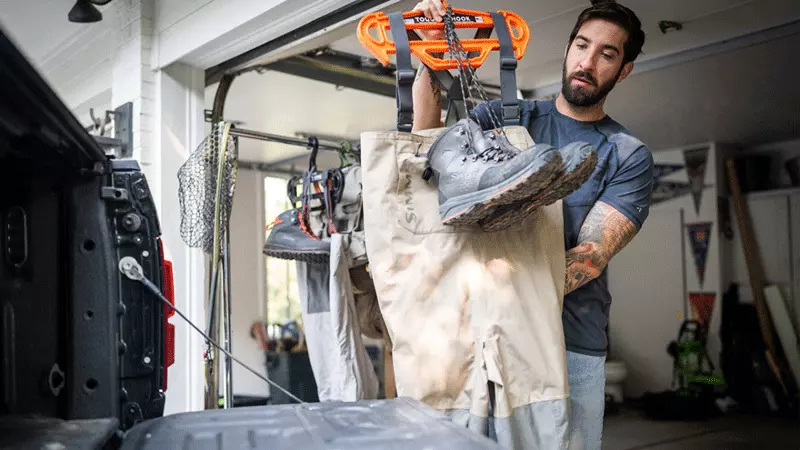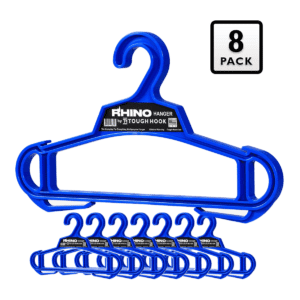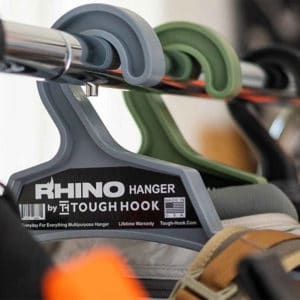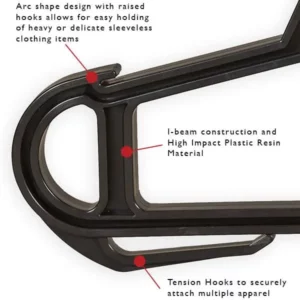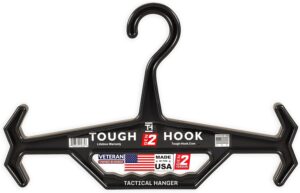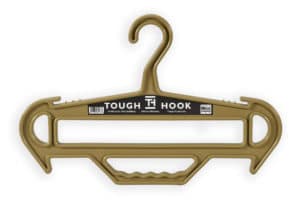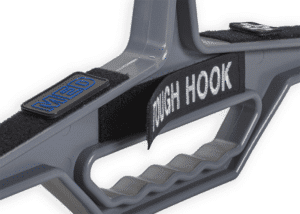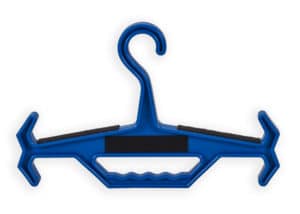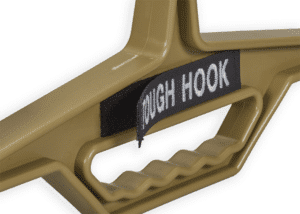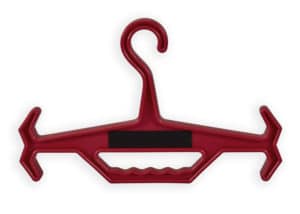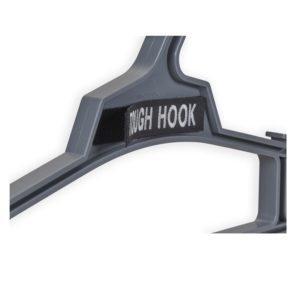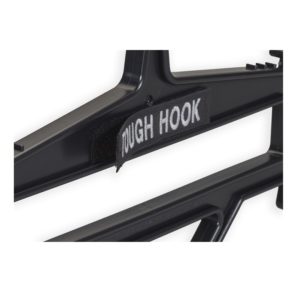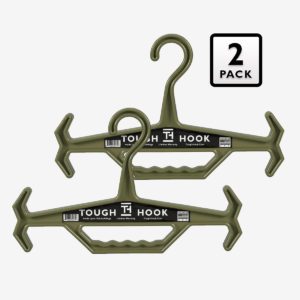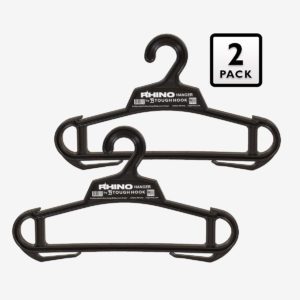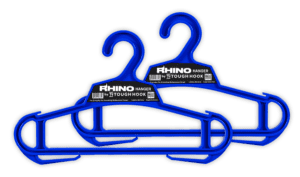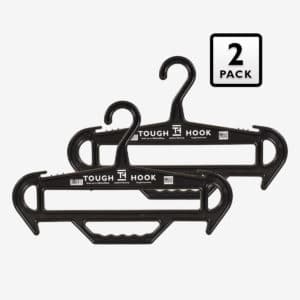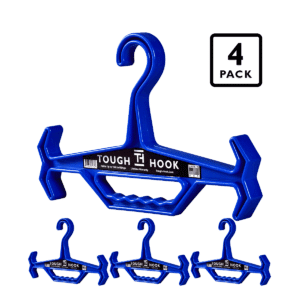As adventure enthusiasts, we are all too aware of the excitement and exhilaration that our gear brings us. These items let us explore the vast outdoor expanses and live our passions, from camping equipment to winter sports accessories. Yet, these gears should be addressed in our garages or basements when the season ends.
The off-season is crucial when cleaning and storing your gear can mean the difference between long-lasting, dependable equipment and a costly replacement coming next season. This guide aims to help you maintain your bag and increase its lifespan by providing a comprehensive process for cleaning and storing it effectively during the off-season.
Cleaning Your Gear
Cleaning gear involves the following steps;
- Understanding Your Gear
- General Cleaning Procedure
- Dealing with Tough Stains
- Removing Odors
- Disinfecting Your Gear
- Special Considerations
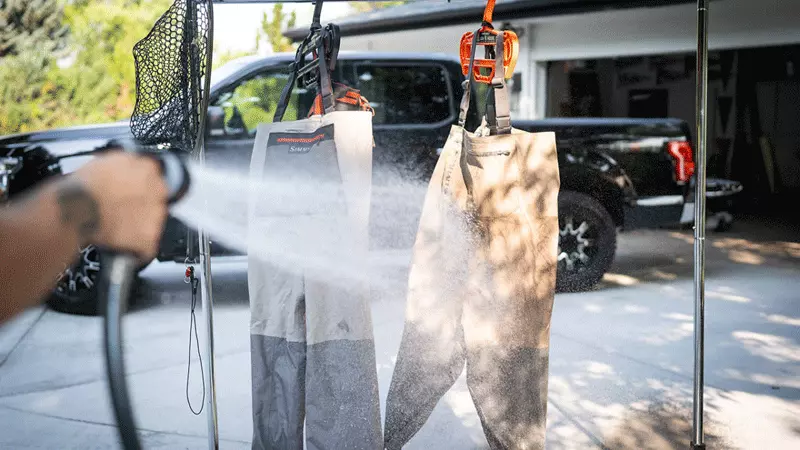
Understanding Your Gear
Different types of gear have different cleaning needs. A tent can be cleaned differently than a mountain bike or a snowboard. Read the manufacturer’s guidelines before you start the cleaning process.
General Cleaning Procedure
Dust off or brush loose dirt, then wash your gear with warm, soapy water. Avoid using harsh detergents, as these can harm certain materials. Rinse thoroughly and leave to air dry. Never force-dry your equipment, as excessive heat can damage it.
Dealing with Tough Stains
If your gear has accumulated tough stains, consider using a specialized stain remover suitable for the material of your gear. Test it on a small, inconspicuous area first to ensure it doesn’t cause discoloration or damage.
Removing Odors
Unpleasant smells can develop after prolonged use. Baking soda is an effective, natural deodorizer. Sprinkle it on your gear, let it sit for a few hours or overnight, and then shake or brush it off.
Disinfecting Your Gear
After a long season, your gear may be a breeding ground for bacteria. A mild disinfectant or a warm water and vinegar solution can help eliminate these germs.
Special Considerations
Consider using special cleaning solutions designed for the specific material for items such as tents, sleeping bags, or jackets. Leather items need a conditioner after cleaning to prevent them from drying out. Electronic equipment must be carefully cleaned with a damp cloth and immediately dried.
Storing Your Gear
- Choosing the Right Storage Location
- Organizing Your Gear
- Storage Preparations
- Climate Control
- Using Protective Covers
- Rotating Your Gear
- Insurance and Inventory
Choosing the Right Storage Location
Where you store your gear can significantly affect its lifespan. The storage area should be dry, cool, and out of direct sunlight. Basements and garages are common choices, but ensure they are not prone to flooding or extreme temperature variations.
Organizing Your Gear
Store smaller items in clear, labeled bins. Hang larger items, like bicycles or kayaks, off the floor to prevent water damage. Arrange your gear in a way that allows you to easily access everything without moving multiple items.
Storage Preparations
Before storing, ensure your gear is completely dry to prevent mold and mildew. Pack items loosely to allow air circulation and prevent any pressure points or creases that could damage the object over time.
Climate Control
If you’re storing sensitive items like electronics or gear with adhesive (like snowboards), consider a climate-controlled space to prevent heat from melting the glue or humidity from damaging the electronics.
Using Protective Covers
Protective covers can keep dust off your gear and prevent accidental scratches or dents. Opt for breathable covers to prevent moisture build-up.
Rotating Your Gear
Rotating your gear during the off-season ensures that it maintains its shape. For example, occasionally flip your sleeping pads or bags to prevent them from getting compressed in one spot.
Insurance and Inventory
Especially if you have expensive equipment, it’s worth considering insurance in case of theft or damage. It’s also helpful to keep an inventory of all your gear, including their condition and maintenance. This will help you keep track of your gear’s life cycle and when it might be time for replacements.
Regular Maintenance
Even in the off-season, checking on your stored gear regularly is crucial. Look for any signs of damage or wear and address these issues immediately.
By implementing these cleaning and storage strategies, you’re extending the life of your gear and ensuring it’s ready for action when the season rolls around again. Proper gear maintenance may seem tedious, but it pays dividends in gear longevity and performance. Remember, good gear is an investment treat it as such, and it’ll reward you with countless unforgettable adventures.
2 Pack RHINO Heavy Duty Clothes Hanger Bundle
Original price was: $25.95.$23.95Current price is: $23.95.FAQs
Can I store different types of gear together?
Yes, as long as they are properly cleaned and dried. However, keep sharp objects separate to prevent them from damaging other items.
Should I deflate inflatable items for storage?
Deflate them partially to relieve stress on the seams but leave some air in to maintain their shape.
Is it okay to store my gear in its carry bag?
While it might be convenient, it can trap moisture leading to mold and mildew. It’s better to store items loosely.
Can I use mothballs to prevent pests?
While mothballs can deter pests, they can also harm your gear and are toxic. Use safer alternatives like lavender or cedar chips.
Do I need to clean my gear if I use it again soon?
Yes, dirt and residue can cause wear over time, even if the gear isn’t used. Plus, it’s always nice to start your adventure with clean gear.

